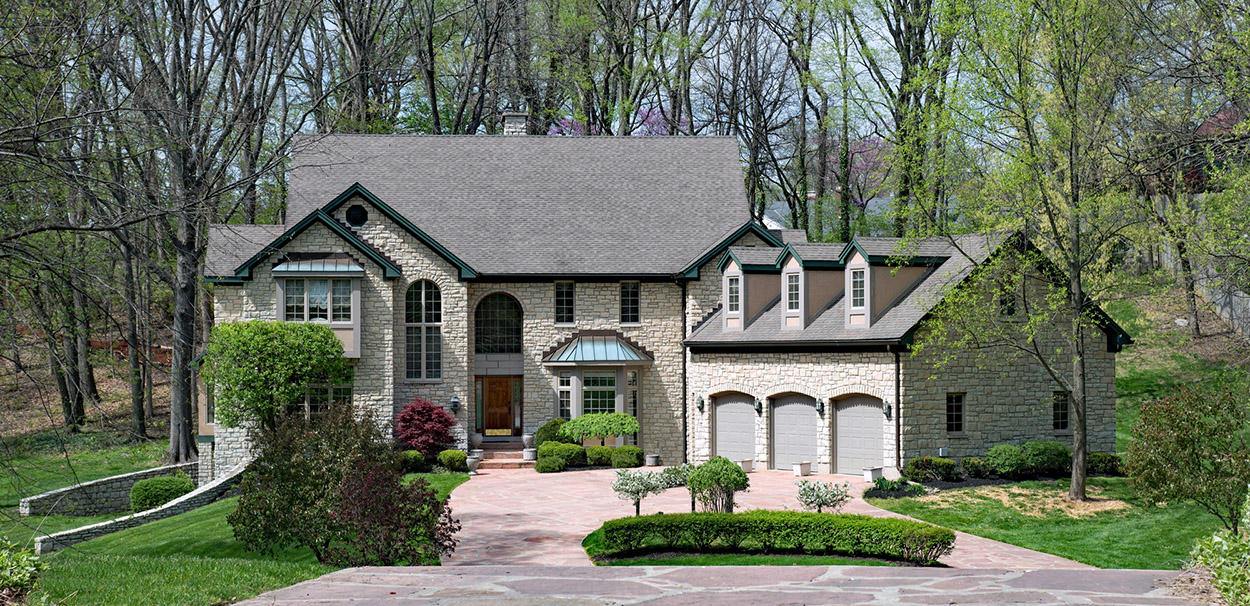Designing a unique home is an exciting challenge for any architect. It requires a balance of creativity, functionality, and practicality to create a space that is both visually stunning and livable. Here are some tips for designing a unique home:
- Understand the client’s needs: Before starting the design process, it is essential to understand the client’s lifestyle, preferences, and needs. This will help you create a design that meets their requirements and exceeds their expectations.
- Embrace natural light: Natural light is one of the most important elements in any home design. It can make a small space feel larger, create a warm and inviting atmosphere, and even improve mood and productivity. Consider incorporating large windows, skylights, and other features that allow natural light to flood the space.
- Use unique materials: The choice of materials can make a significant impact on the overall look and feel of a home. Consider using unique materials such as reclaimed wood, stone, or metal to add character and personality to the space.
- Create open spaces: Open spaces are becoming increasingly popular in modern home design. They create a sense of flow and connectivity between different areas of the home, making it feel more spacious and welcoming.
- Pay attention to details: Details can make or break a home design. Pay attention to small details such as lighting fixtures, door handles, and even the placement of outlets and switches. These details can add a touch of elegance and sophistication to the space.
- Incorporate technology: Technology has become an integral part of modern life, and it can also be incorporated into home design. Consider adding smart home features such as automated lighting, temperature control, and security systems to enhance the functionality and convenience of the space.
- Work with a team: Designing a unique home requires collaboration between architects, contractors, and other professionals. Working with a team can help ensure that the design is executed flawlessly and meets the client’s expectations.
In conclusion, designing a unique home requires a combination of creativity, functionality, and practicality. By understanding the client’s needs, embracing natural light, using unique materials, creating open spaces, paying attention to details, incorporating technology, and working with a team, architects can create a space that is both visually stunning and livable.






















1 Comment
Harry
2 years agoYes, good house is a dream of many people.))